The Cap Sac ceremony is a beautiful cultural and religious feature of the San Diu ethnic group. Since 2018, this ritual has been included in the list of National Intangible Cultural Heritage by the Ministry of Culture, Sports and Tourism.
 |
| Meritorious Artisan Diep Minh Tai, Tam Thai residential group, Hoa Thuong town (Dong Hy), has collected dozens of books on customs and practices, such as: Village temple worship, ancestor worship, child worship, and ordination worship of the San Diu ethnic group, written in ancient Chinese characters. |
The Cap Sac ritual is preserved and passed down by the San Diu ethnic group as a treasure of their people. With the wish for peace, in the spiritual life of the people, the shaman is respected by everyone, considered as a "messenger" to convey all messages and wishes of people to the world of spirits and vice versa. Therefore, most families and clans when there is an event invite the shaman to their home to perform this ritual.
But to become a "messenger", the teacher must endure many hardships, training, and taboos; only those with "roots" can be chosen by the "superiors" and guided to become a teacher from a young age, such as learning ancient Chinese characters, working with shamans, getting acquainted with rituals; practicing traditional rituals...
The ordination usually goes through 3 levels, each time the level increases, the dharma name is changed and additional soldiers are given to increase power and authority. The ordination begins with the petition. The petition ceremony is a ceremony marking the first step in the practitioner's career. Offerings include 3 to 5 chickens, incense, flowers, fruit cakes, white wine, water... a positive paper, a negative paper, and a petition.
The monks perform the ceremony to invite the saints, reward the soldiers, then present a petition to report the reason for the ceremony, asking the gods to certify and protect the person receiving the ceremony. The ceremony includes the first priest, the second priest, and the third priest. The first priest personally grants the master the dharma to the disciple. The second priest controls the entire process of granting the dharma and transmitting the dharma to the person receiving the ceremony. The third priest certifies the person receiving the ceremony.
The person who receives the ceremony reaches the level of a Dharma Master. The Dharma Master is given the ritual tools including: Dharma Master's seal, Buddha seal, token, robe, hat, gong, cymbal, and trumpet. But he mainly performs rituals in his family, performs common prayer and return rituals such as praying to ward off bad luck, praying for peace, praying for blessings, protecting the house, and assisting the master in community ceremonies and rituals.
The second time is the ordination ceremony. The ordination ceremony, a mandatory procedure, marks the maturity of the shaman, officially recognizing him as a member of the shaman profession of the San Diu people. After preparing all the offerings, the shamans perform the purification ritual, suppress the altar, pray to the gods, offer wine and fruits, cakes, and invite the Three Thousand Dharma Masters, gods, and tutelary gods to descend to the altar.
Next is the ceremony of calling the heavenly soldiers, inviting the heavenly soldiers, heavenly generals, gods, and masters to attend the ceremony. 37 gods are invited to witness the Cap sac ceremony. The ceremony of presenting a memorial to the saint; presenting the token and seal of the person receiving the ceremony; presenting and reporting the memorial; presenting the red scarf; the ceremony of establishing the throne; transmitting the signal of the saint; providing military provisions; giving thanks; and giving the grand blessing.
The master's message to the recipient consists of 24 messages. The negative messages are burned immediately after reading, the positive messages are stamped with the contract, the recipient keeps them, and when he passes away, the disciple brings them out to perform the ceremony and burns them.
The Cap Sac ceremony must have 9 guardians and assistants, including: Master, Bao Quy, Proof, Gia Bo Chuc Su, Dien Dan, Truyen Phap, Ket Quy Tinh Dau (2 masters) and Master Hoa Cong.
All the rituals take place continuously over two days and one night. The third time the shaman is ordained, he will reach the rank of Tong Xuyen. This is the highest rank for a shaman.
In everyday life, all three positions: Dharma Master, Master and General have the right to practice and transmit the Dharma to lower-level disciples. The person who is ordained vows to endure all hardships, not to fear difficulties, not to discriminate between rich and poor, and not to use magic to harm others. Therefore, the Ordaining ceremony, in addition to its religious significance, also has higheducational value; at the same time, it has a certain effect in today's cultural life.
Source












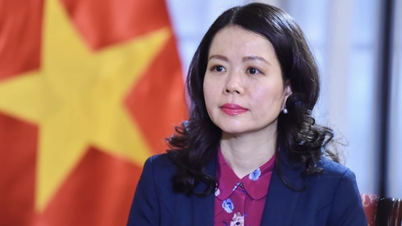















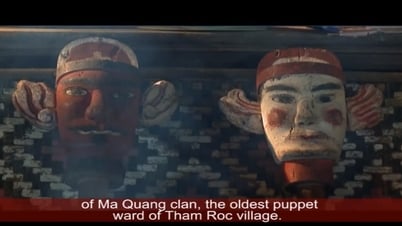



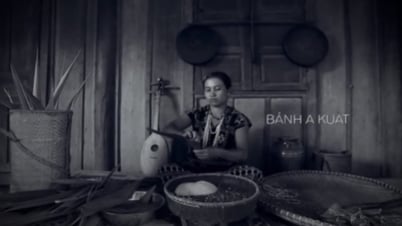





























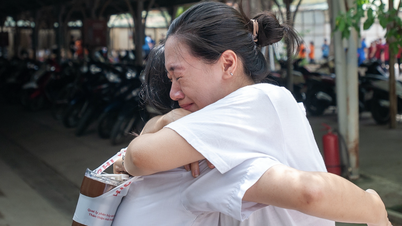


















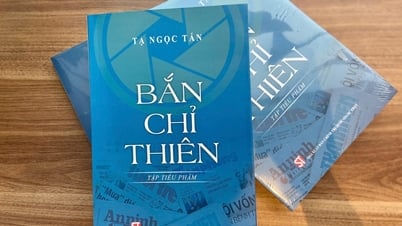








![[OCOP REVIEW] Tu Duyen Syrup - The essence of herbs from the mountains and forests of Nhu Thanh](https://vphoto.vietnam.vn/thumb/402x226/vietnam/resource/IMAGE/2025/6/5/58ca32fce4ec44039e444fbfae7e75ec)





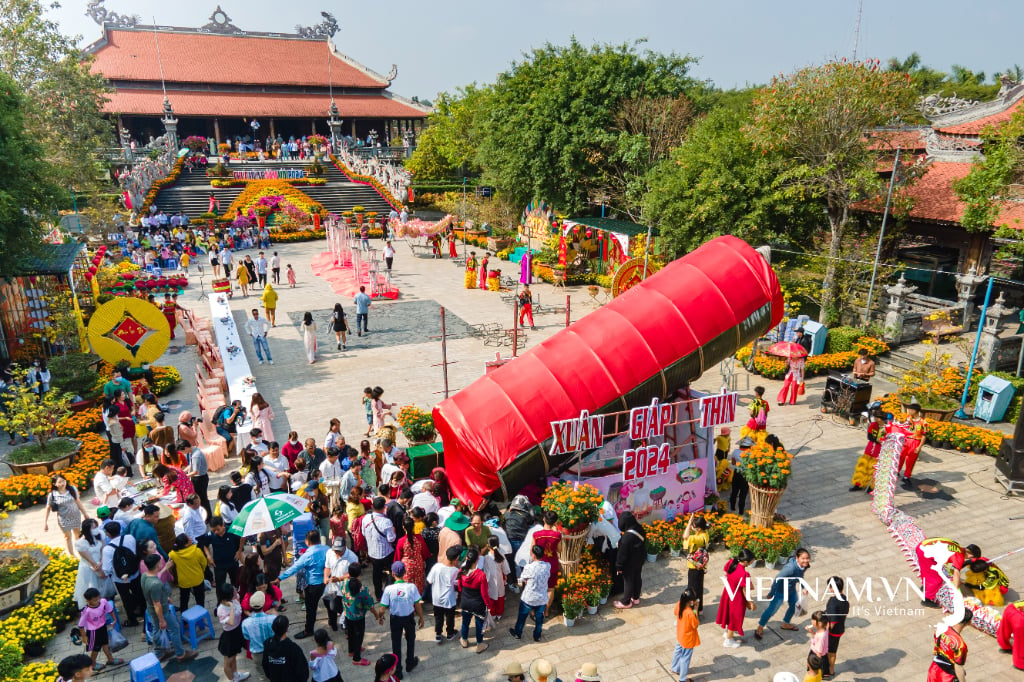
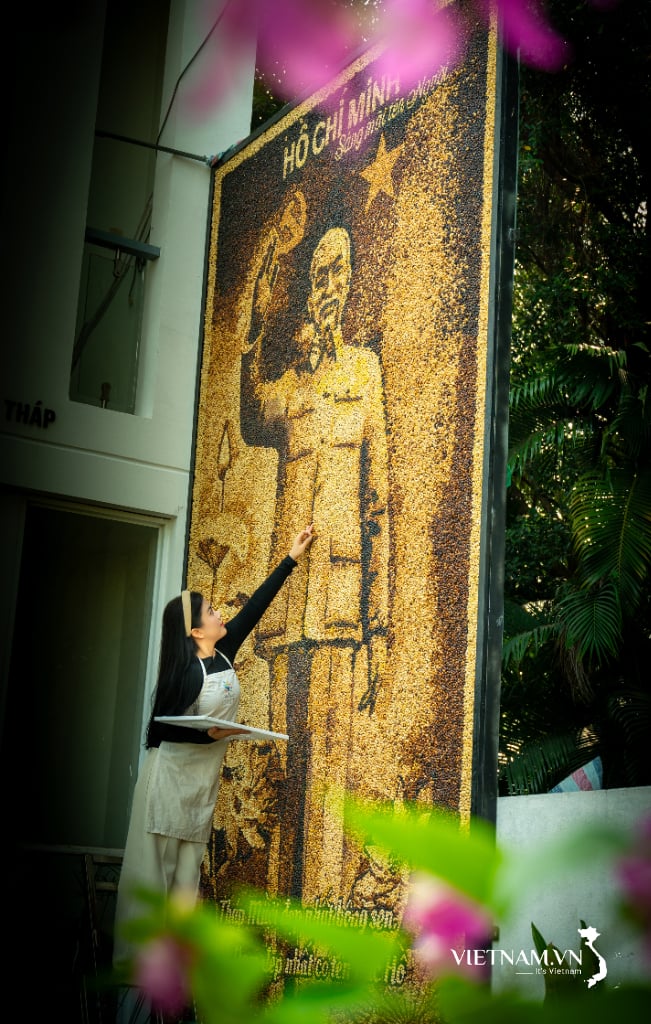
Comment (0)